| Plant Habit: | Cactus/Succulent |
| Life cycle: | Perennial |
| Sun Requirements: | Full Sun |
| Fruit: | Showy |
| Flowers: | Showy |
| Suitable Locations: | Xeriscapic |
| Uses: | Provides winter interest Will Naturalize |
| Resistances: | Deer Resistant |
| Propagation: Seeds: | Start indoors Can handle transplanting Other info: Fruit can take root and form a new plant without having to use its seeds; needs neutral soil pH |
| Propagation: Other methods: | Cuttings: Stem Other: Easy to root from stem segments |
| Containers: | Needs excellent drainage in pots |

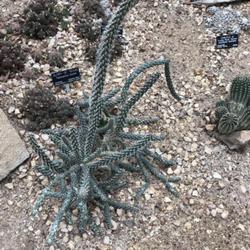
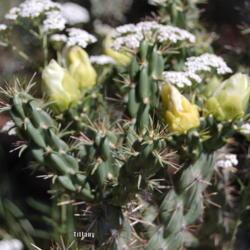

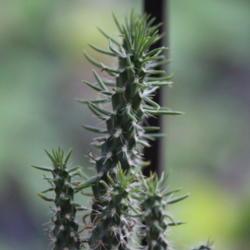
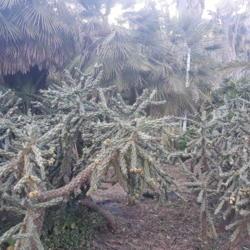
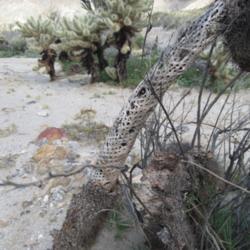


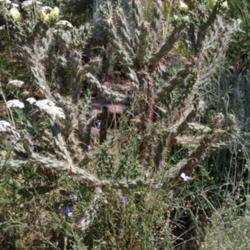
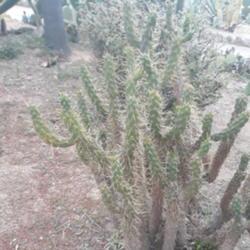
| Thread Title | Last Reply | Replies |
|---|---|---|
| Not C. bigelovii by mcvansoest | Jan 16, 2016 2:44 PM | 4 |